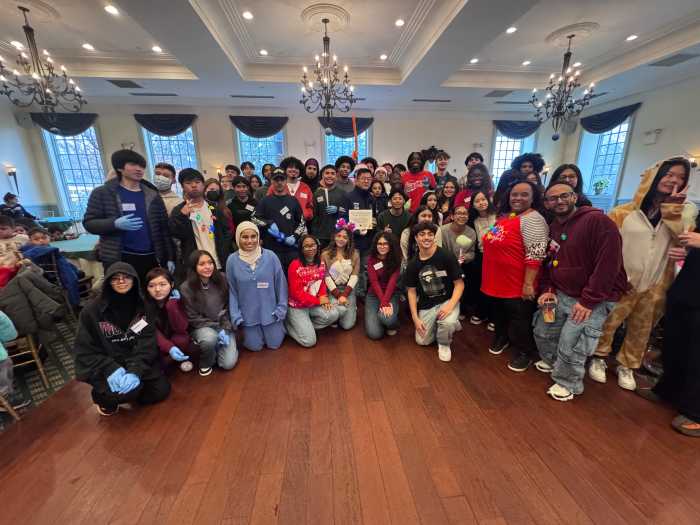New York lawmakers finally agreed on Monday to the state’s FY2026 budget, which includes an increased payroll tax to help fund the next MTA’s five-year capital plan for transit improvements.
Gov. Kathy Hochul said funding for the MTA’s $68 billion plan will come through a higher payroll mobility tax (PMT) for the NYC metro area — a potential source of funding that has been considered for weeks leading up to the late budget agreement.
Hochul did not say what the increase will be or when it will take effect. PMT in NYC and nearby suburbs is currently 0.6%. Despite the impending increase, she stressed that the move will ease the economic burden for small businesses in the area.
“We’re making modest adjustments to the payroll mobility tax to protect small businesses while ensuring large corporations contribute their share,” she said. “Small businesses across the NYC region will actually see their tax burden reduced by half while larger employers, whose workforce heavily relies on mass transit, will see some small increases.”

The $1.2 billion that was previously allocated for Penn Station reconstruction before the feds took the lead on the project will now be used to help pay for the capital plan. The city, state and the MTA will each contribute to the plan.
Meanwhile, the general agreement to pass the tentative $254 billion budget — a historically late plan agreed upon more than four weeks removed from the April 1 annual deadline — came despite potential federal funding cuts coming from President Donald Trump’s administration, Hochul explained.
“Despite the chaos and uncertainty that is constantly emanating out of Washington, we still delivered for the people of New York,” she said. “We still got it done.”
A ‘win’ for riders, transit advocates say
Hochul said lawmakers will “confer and vote on budget bills ” over the next few days.
“As is the case every year, some final details are still yet to be worked out through that process,” the governor said.
Meanwhile, transit advocates applauded lawmakers for agreeing on the overdue state budget, especially at a time of uncertainty over possible federal funding cuts for major NYC transportation projects.
“When public transit riders organize, we win,” said Danny Pearlstein, policy and communications director at the Riders Alliance. “Building on the success of congestion relief, Governor Hochul and the legislature are recommitting to fixing and upgrading the subway so New Yorkers can get around safely and affordably. The capital program already reflects hard policy choices and faces real threats from Washington. But today, New York leaders are acting responsibly to secure a reliable and accessible future for the infrastructure we depend on.”
Lisa Daglian, executive director of the Permanent Citizens Advisory Committee to the MTA, said funding critical safety programs and providing support services to New Yorkers in need will increase the number of riders on trains and buses.
“A safe, reliable transit system is essential to our region’s riders and economy,” she said. “The framework laid out by Governor Hochul on a deal struck with Senate Majority Leader Stewart-Cousins and Assembly Speaker Heastie clearly shows they understand the importance of the MTA to New York. We thank them for their steadfast support.”
Separate from the agency’s operating budget, the capital plan supports major infrastructure projects, such as power and substations, as well as the planned Interborough Express light rail line between Brooklyn and Queens.
Carlo Scissura, president and CEO of the New York Building Congress, praised the agreement on the MTA capital plan after being vocal about the role of the construction industry in building the city’s transit infrastructure.
“New York runs on transit,” he said. “And the Building Congress is thrilled that the advocacy effort that our entire industry undertook over the past months to fully fund the 2025-29 MTA Capital Plan in the New York State budget have spurred just that – an investment in a future-proof, modernized, safer, faster, more accessible transit system for our region.”







































